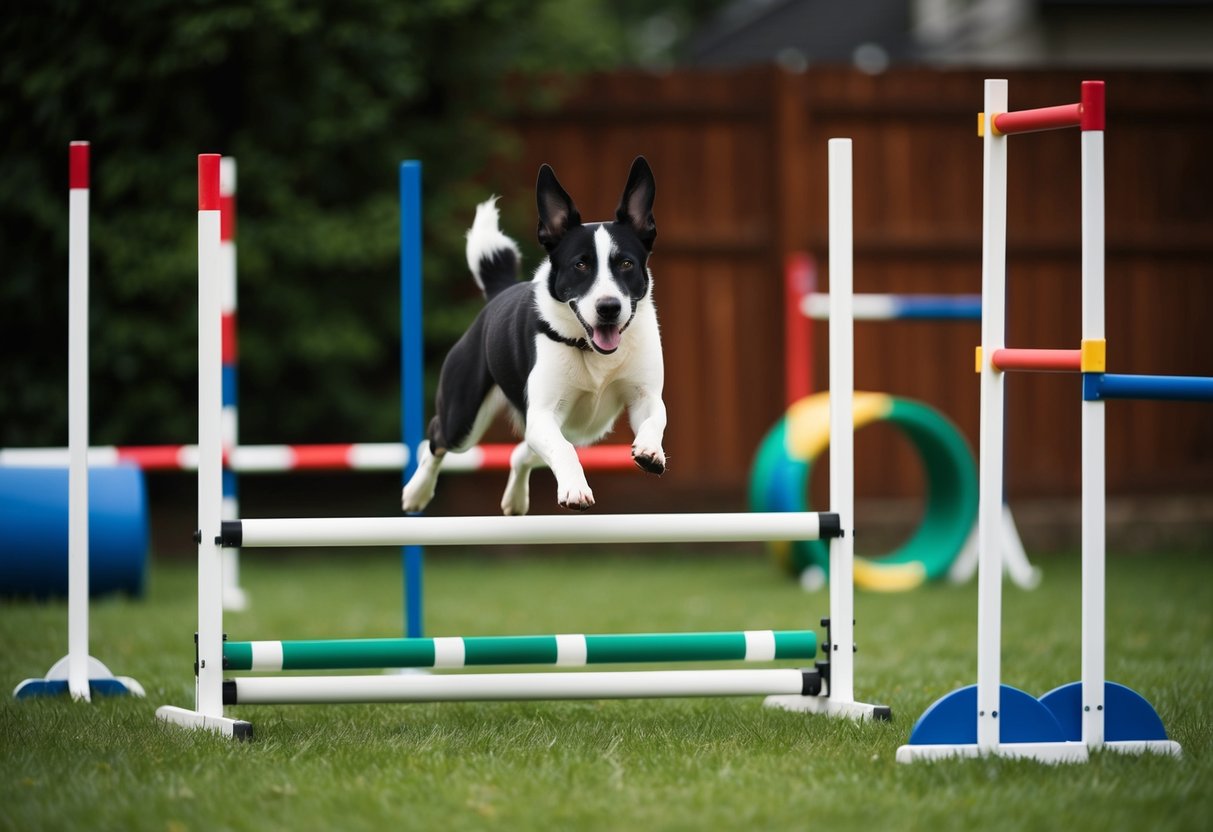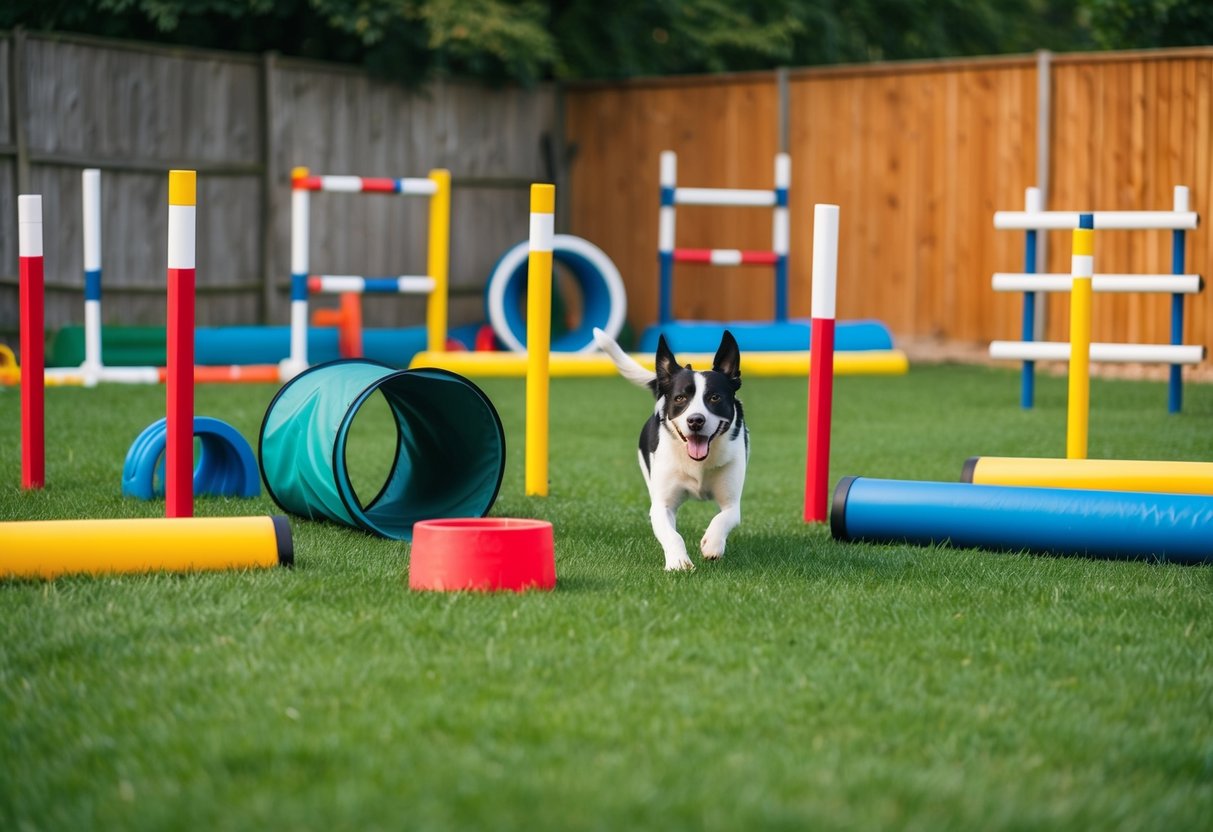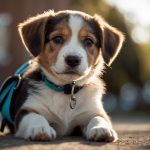
For dog owners looking to add some excitement to their pet’s daily routine, creating a DIY agility course at home is an excellent option. Building a course not only keeps dogs physically active, but also enhances their mental stimulation and strengthens the bond between pet and owner. Whether it’s jumping through hoops, weaving between poles, or climbing ramps, dogs of all sizes and breeds can benefit from these engaging activities.
Agility training provides a variety of benefits, including improving a dog’s coordination and confidence. Additionally, it offers a productive way to manage a pet’s energy levels, which can be especially beneficial for high-energy breeds. With the right materials and a bit of creativity, a personalized agility course can be set up in any backyard or open space.
Setting up an agility course at home is more accessible than one might think. Household items such as PVC pipes, cones, and even broomsticks can be transformed into hurdles and tunnels. This approach allows for a customizable and budget-friendly setup, tailored to suit both the dog’s and the owner’s preferences and skills.
Understanding the Basics of Dog Agility
Dog agility combines mental stimulation and physical exercise to create an engaging activity for both the dog and owner. It involves navigating a course with various obstacles, promoting teamwork and understanding between handler and canine.
Key Components of Agility Training
Agility training is built around several core components such as jumps, tunnels, weave poles, and contact equipment. Each obstacle requires the dog to perform precise actions, engaging both mind and body. Jumps come in various heights and configurations, which helps improve the dog’s flexibility and strength.
Tunnels are excellent for encouraging speed and confidence. Weave poles demand precision and rhythm, enhancing coordination. Contact equipment, including see-saws and A-frames, requires careful navigation, teaching the dog balance while following commands. Consistent practice on these varied obstacles helps dogs advance in their agility journey and boosts their trust in the handler.
The Importance of Mental Stimulation and Physical Exercise
Agility courses offer substantial mental stimulation. Dogs must think quickly and respond to cues from their handler, which strengthens their problem-solving skills and enhances their focus. This mental challenge helps reduce boredom and prevents destructive behaviors.
In addition to mental benefits, agility training provides excellent physical exercise. Running through courses builds muscle strength, endurance, and flexibility, contributing to overall health. It is also an effective way to manage weight and improve heart health. Combining mental and physical challenges inspires a well-rounded fitness routine, keeping dogs engaged, fit, and content.
Planning Your DIY Agility Course

Before setting up an agility course for a dog, it’s essential to consider the space available at home and choose equipment that fits. Selecting the right obstacles tailored to the dog’s skill level can maximize engagement and training effectiveness.
Assessing Available Space and Location
When planning the agility course, it’s important to first evaluate the available space. Consider whether it will be set up indoors or outdoors, as this impacts the type of equipment and overall layout. Outdoor areas usually provide more room, allowing for a variety of equipment and obstacles.
Measure the area to understand what dimensions and configurations are possible. This helps in determining which obstacles can fit and how they can be arranged to provide adequate running and maneuvering room. It’s also essential to consider the ground surface. Grass, sand, or turf might offer softer landings, while a harder surface might require proper cushioning.
Ensure that there are no hazards, such as sharp objects or uneven terrain, that could pose a risk to the dog. Consider nearby distractions such as road noise or other animals that might interrupt the dog’s focus during training sessions.



